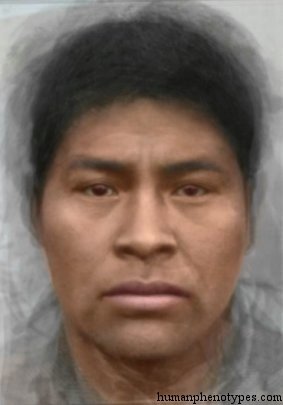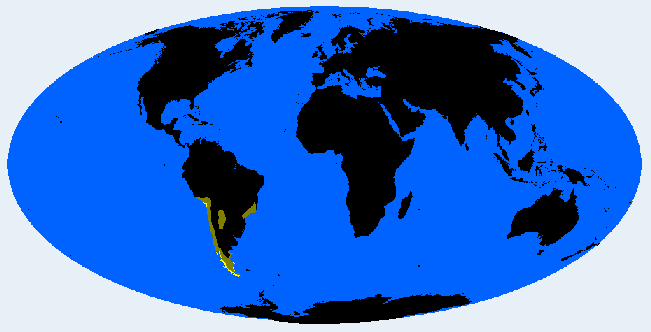Description:
The most characteristic Fuegid variety, adapted to the cool climate of Southern Chile. Named after Tierra del Fuego. Often considered part of the Lagoid group. Very ancient, probably arrived with one of the earliest migrations to America. The last survivors in the 20th century were Yaghan and Kawésqar. Their populations rapidly declined during the last decades, not more than 20 full-blooded remain today. Was also found in the extinct Chonos, Changos, and others.Physical Traits:
Yellowish/reddish light brown skin with straight, rarely wavy, brown-black, sometimes blonde hair. Short, meso- macroskelic, endomorph with long arms. Dolicho- mesocephalic, rather large-headed, chamae- orthocranic with a mildly leptorrhine, low-rooted nose. The forehead is narrow, face oblong, relatively high and rather small, supraorbital ridges not very developed. Sometimes mild prognathy.Literature:
Split as Fuegid from Lagid proper by Imbelloni (1937), Eickstedt (1952b) named its main variety South Fuegid. Generally used as Fuegid (Canals Frau, 1950; Cerulli, 1967; Kunter, 1987), Biasutti (1967) and Drexel (1955) call it Magellanid. Part of Lagid (Vogel, 1974; Knussmann, 1996). Detailed descriptions by Gusinde (1939).






